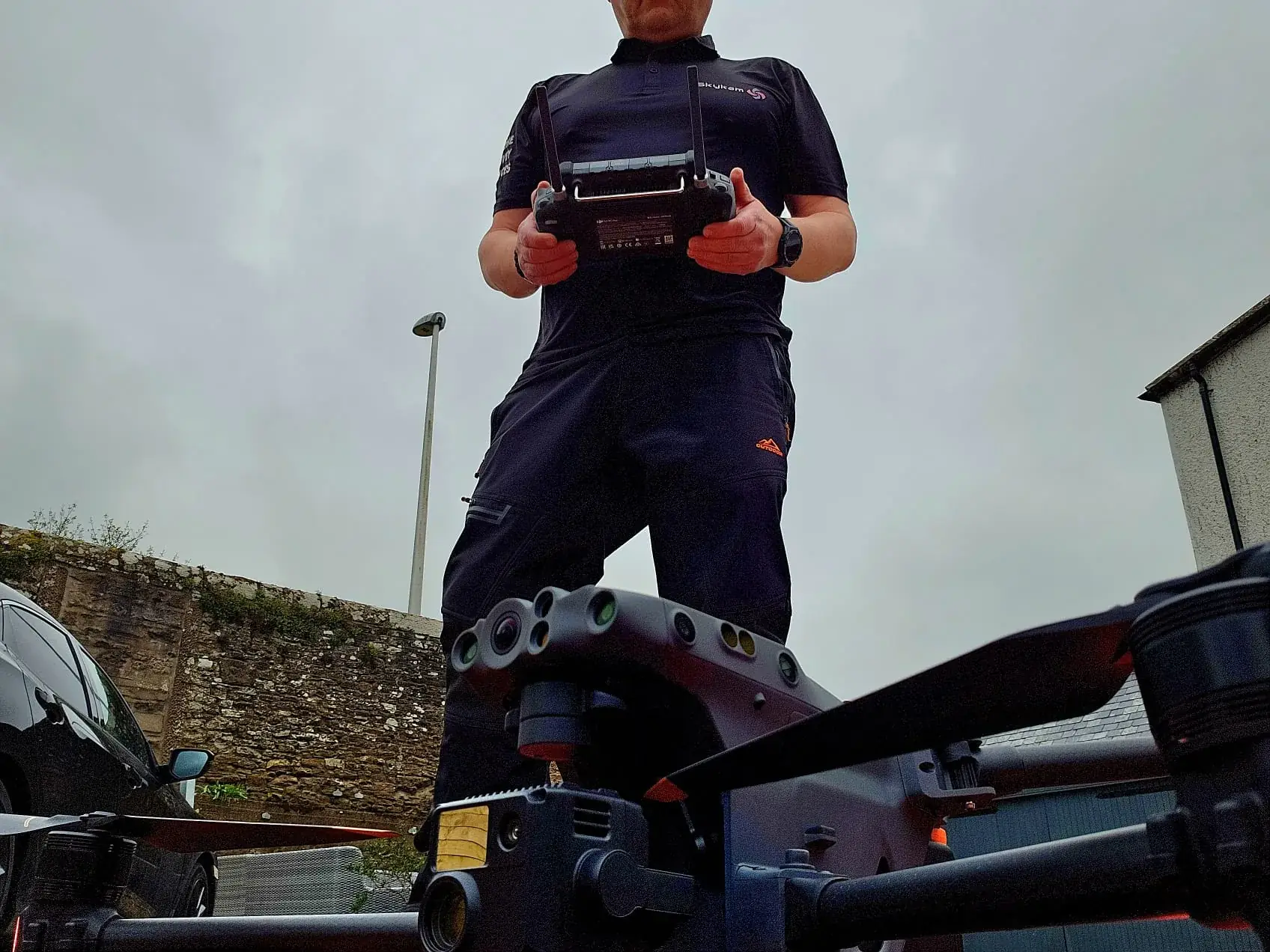
If you’ve recently bought a drone in the UK, you may have heard about the A2 Certificate of Competency (A2 CofC) for drone pilots.
Often referred to as a “drone licence,” the A2 CofC is a qualification that can expand where and how you can legally fly your drone. In this guide, we’ll explain in plain terms what the A2 CofC is, what it allows (and doesn’t allow) you to do, which drones it applies to, how to get it, how much it costs, and whether it’s worth it for your needs.
Let’s dive into the most common questions new drone pilots have about the A2 CofC in the UK.
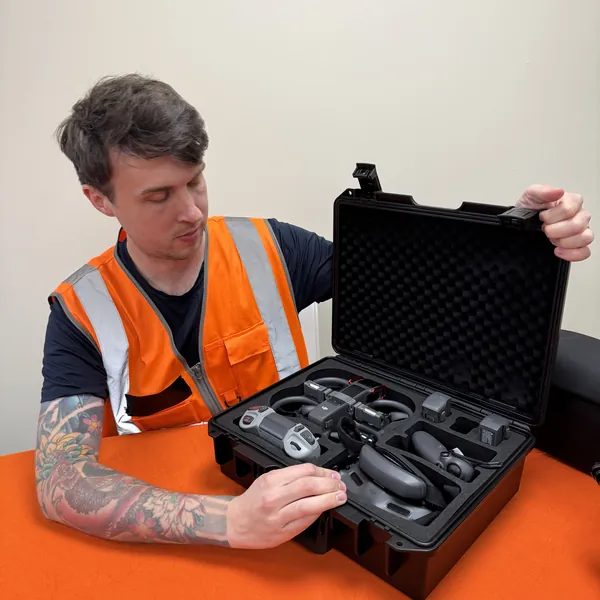
30 Second Summary
- The A2 CofC is a UK drone qualification that allows pilots to fly closer to people and in built-up areas.
- It applies to drones weighing between 250g and 2kg, permitting operations that would otherwise be restricted.
- This certificate allows you to legally fly in residential, commercial, industrial, or recreational areas while maintaining set distances from people.
- To get the A2 CofC, you must complete a theory course and pass an exam, but no practical flight test is needed.
- The A2 CofC is valid for five years and can be used for both recreational and commercial drone flights.
What permissions does the A2 CofC grant you as a drone pilot?
The A2 CofC primarily grants you the ability to fly closer to people and in built-up areas than you could without it.
In UK drone regulations, operations are divided into categories based on risk. The A2 CofC allows you to operate in the Open Category A2 subcategory (often called “flying close to people”).
In practical terms, this means you can fly in residential, commercial, industrial, or recreational areas as long as you respect certain distances from people.
Without the A2 CofC, you’d be limited to the A3 subcategory, which forbids flying within 150 meters of those types of areas – effectively banning heavier drones from built-up areas. The A2 CofC lifts that 150m restriction, opening up many more places to fly.
With an A2 CofC, you can fly certain drones closer to uninvolved people (people not participating in your flight) than otherwise allowed. Specifically, if you’re flying a larger drone (see next section for weights), you must keep at least 50 meters horizontal distance from uninvolved people. For smaller drones in the transitional A1 category (about 250g–500g), you are allowed to fly with no fixed minimum distance – just no intentional flying over people. In other words, a drone like a DJI Mavic Air (≈430g) can be flown in a populated area as long as you don’t purposefully fly over someone and you use common sense around people.
No matter what, you cannot deliberately fly over uninvolved people or over crowds even with the A2 CofC. The certificate lets you fly near people, but direct overflight is prohibited for safety. Flying over a crowd (a gathering where people can’t quickly move away) is strictly off-limits in the Open category, A2 CofC or not.
In summary, the A2 CofC’s big draw is that it “unlocks” built-up areas and closer operations. It allows you to legally fly many consumer drones in places and at distances that would otherwise break the rules.
For example, with the certificate you could fly your drone in your neighborhood or a park with people around (keeping at least 50m away, or just not over them if it’s a smaller drone), which without the A2 CofC would be illegal. Essentially, it turns formerly “high risk” flights into permitted operations by proving you have extra competency to handle the drone safely near people.
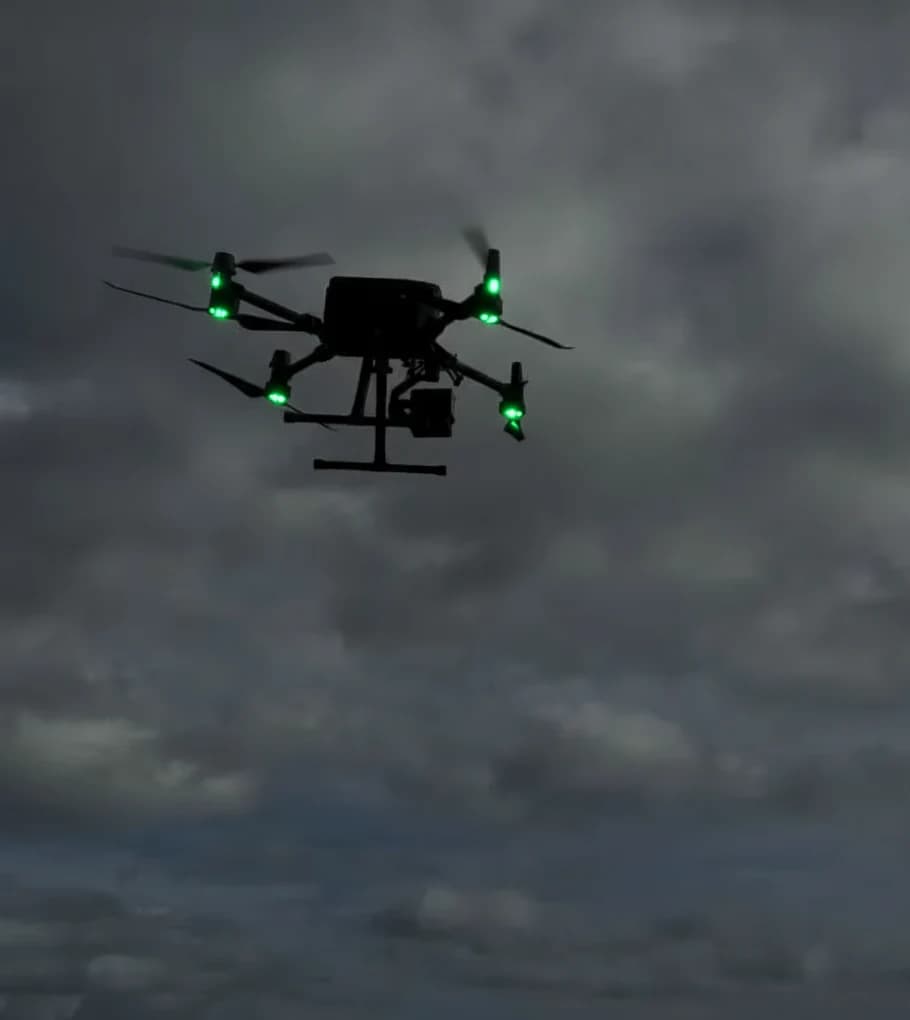
Which drones can you fly with an A2 CofC?
The A2 CofC is intended for small drones, and it covers specific weight classes of drones. In the UK (as of 2025), this generally means drones from about 250 grams up to 2 kilograms in weight, which includes most popular camera drones.
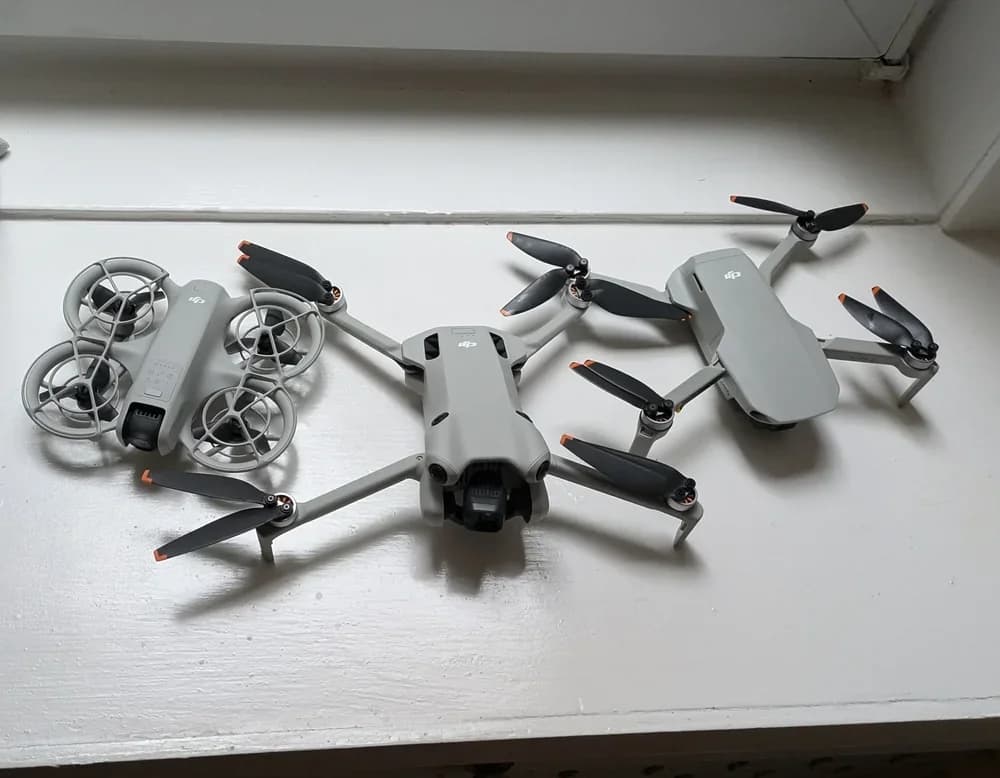
Drones under 250g
If your drone is very light (below 250g, like the DJI Mini series), you actually don’t need an A2 CofC to fly near people. Sub-250g drones are considered low risk and can be flown in the A1 category (over people if it’s not deliberate, and never over crowds) without any advanced certificate.
So while you can still get an A2 CofC for the knowledge, it doesn’t grant additional privileges for sub-250g drones – they’re already allowed to fly in populated areas by default. (You do still need to register as an operator if it has a camera, though.)
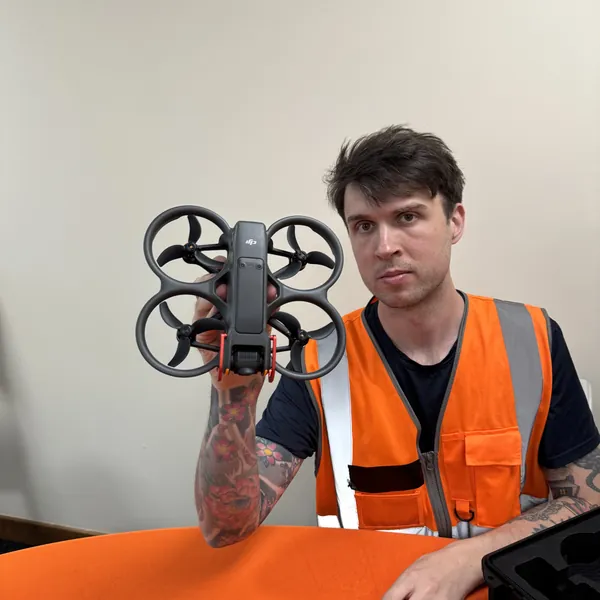
“Legacy” drones 250g to 500g
For drones in the 250–500g range (e.g. DJI Avata, some older midsize drones), an A2 CofC lets you fly them in the A1 subcategory. This means no intentional flight over uninvolved people, but otherwise you can operate in urban areas.
Without the A2 CofC, these legacy 250–500g drones would fall under stricter rules (A3 category), requiring you to keep 150m away from residential or recreational areas. In short, the A2 CofC is very useful for this class: it frees up your <500g drone to fly in many more places and closer to people (again, not over them).
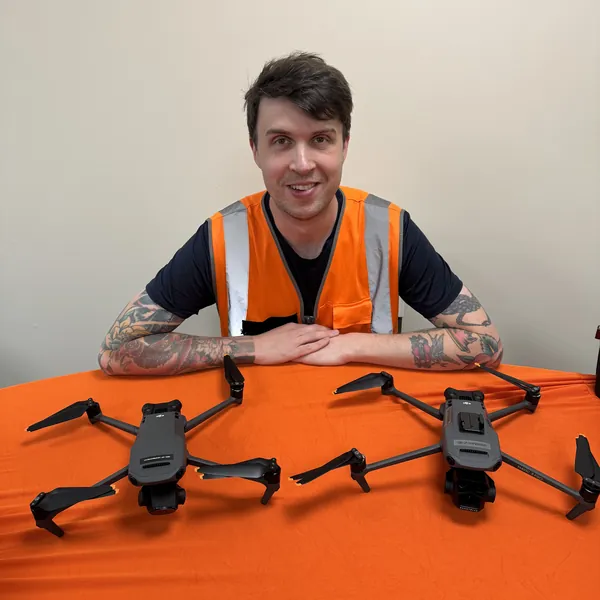
“Legacy” drones 500g to 2kg
This is the main group that benefits from the A2 CofC. Drones weighing between 0.5 kg and 2 kg (examples: DJI Mavic 2 Pro/Zoom ≈900g, DJI Mavic 3 series ~900g, DJI Phantom 4 series ~1.4kg, DJI Air 2S ~600g, etc.) can be flown in the A2 subcategory with your certificate. Under the A2 rules, you must keep at least 50m distance horizontally from uninvolved people when flying these heavier drones.
But you are allowed to operate them in populated areas as long as you maintain that separation. Without an A2 CofC, these same drones would be stuck in the A3 “far from people” category – meaning no people nearby at all and 150m away from any built-up area, which is very limiting.
So, for drones up to 2kg, the A2 CofC is what allows you to use them for things like neighborhood aerial photos, roof inspections in town, or filming in a park, provided you keep that 50m buffer from bystanders.
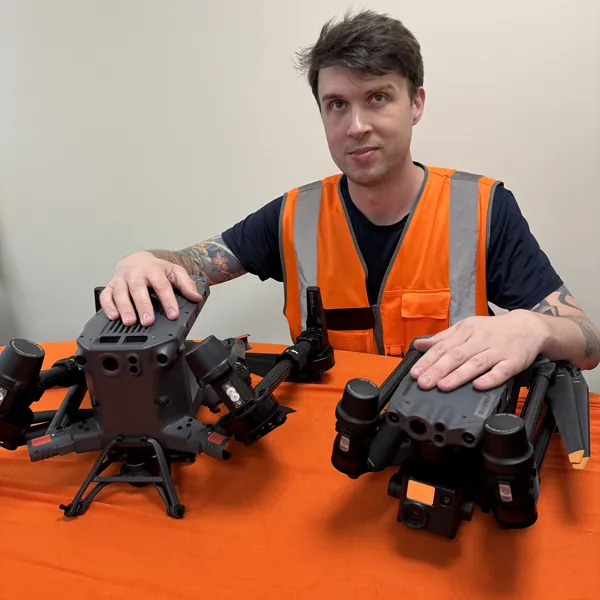
Drones above 2kg
The A2 CofC does not cover drones heavier than 2 kg. If your drone is above 2kg (e.g. an Inspire 2, or industrial rigs), you cannot fly in “close to people” scenarios under the Open category at all. You would need to operate in the Specific category with special permission (see GVC discussion below).
In practice, drones over 2kg are usually flown by professionals under a GVC and Operational Authorisation. So, if you only have an A2 CofC, you’re limited to drones below 2kg in weight within the Open category.
Examples of A2-eligible drones
Practically all common consumer drones (except the very largest) fall under the A2 CofC’s umbrella. For instance, the DJI Mavic 3 series, Mavic Air 2/2S, Phantom 4, DJI FPV, Autel Evo series, Parrot Anafi, etc. are in the 500g–2kg range and can be flown under A2 rules with the certificate. Even some larger professional drones like the DJI Matrice 30/350 or Inspire 2 exceed 2kg and cannot be used in A2 – those require the Specific category.
If you’re unsure about your drone, check its take-off weight: if it’s 250g up to 2000g, the A2 CofC is designed for it. The UK Civil Aviation Authority currently classifies all these existing drones as “legacy” drones and allows them in A2 until at least the end of 2025 (more on that in a moment).
Looking ahead
Originally, the A2 subcategory was meant for class-marked “C2” drones up to 4kg with specific tech features. In the future, when class-marked drones are available and recognized in the UK, an A2 CofC will let you fly a C2-class drone as close as 30m from people (or 5m in a low-speed mode), which is even more permissive.
However, as of 2025 the UK has no C2 drones on the market (EU class markings aren’t yet recognized here). Instead, we’re in a transitional period using the legacy drone weight limits above (250g–2kg). The transitional rules were set to end on 1 January 2026, but the CAA has proposed extending them beyond 2025.
This means your existing drones will likely continue to be usable under A2 CofC rules for some time, until new classifications take effect. Always stay updated on the latest CAA announcements, but for now, A2 CofC covers legacy drones up to 2kg, and eventually will cover class C2 drones (up to 4kg) when those arrive.
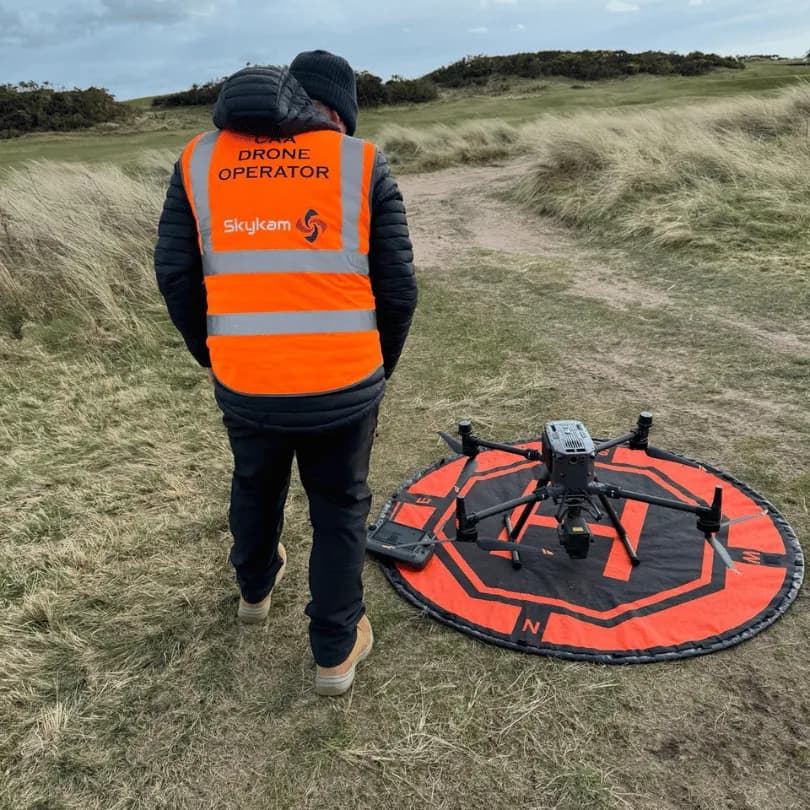
How do you obtain an A2 CofC in the UK?
Getting the A2 CofC involves a short training course and a theory exam – but no practical flight test.
Here’s a step-by-step overview of the process to obtain your A2 Certificate of Competency:
Make sure you have a Flyer ID: Before pursuing the A2 CofC, you need to have passed the basic CAA Drone and Model Aircraft Registration and Education Service (DMARES) test (the 40-question online test that gives you a Flyer ID). This is the basic “drone theory” test required for anyone flying drones over 250g, and it’s free on the CAA website. The Flyer ID is a prerequisite – you’ll be asked for your Flyer ID number when you enroll in an A2 course.
Choose a CAA-approved training provider (RAE): The A2 CofC training and exam are offered by Recognised Assessment Entities (RAEs) – these are CAA-approved drone training organizations. There are many providers in the UK (online and in-person courses available). Popular options include companies like UAVHub, Heliguy, Coptrz, SkyTV, and others, as well as hobbyist organizations like British Drone Flyers. Pick a provider that fits your schedule and budget – many offer fully online courses so you can do it from home.
Complete the A2 CofC training course: The course is mostly theory learning to prepare you for the exam. If online, this might be a series of e-learning modules or videos (typically ~6 hours of content for A2 CofC). Some providers also offer one-day classroom courses. The syllabus covers topics like meteorology (weather), drone flight performance, risk management on the ground, basic UK drone laws, flight safety, battery handling, and how to mitigate risks when flying near people.
You are also required to complete a bit of practical flight training on your own – specifically, the CAA expects you to do some self-guided practice flights in a safe area (following A3 “far from people” rules while you practice) to build your flying skills. There is no instructor next to you for this; it’s essentially an honor system where you log a couple of hours of flight time to gain confidence. For example, you might practice take-offs, landings, and maneuvers in an open field so that you’re comfortable handling the drone before flying near people. Some providers will give you a template to log these practice flights, and you may need to declare that you’ve done them before taking the exam.
- 1
Take the theory exam: Once you’ve gone through the learning material and feel prepared, you’ll sit the A2 CofC exam (often scheduled online at your convenience). We’ll detail the exam format in the next section, but in short it’s a multiple-choice test you can take either remotely (common nowadays) or in person at the training center. No practical flight test is required – unlike the GVC, you do not have to physically demonstrate flying skills to an examiner for the A2 CofC. The practical component is only the self-practice you did earlier. This makes obtaining an A2 CofC much quicker and easier than higher certifications.
- 2
Receive your certificate: If you pass the exam, the RAE (training provider) will issue you an A2 CofC certificate. This is typically a PDF you can download or a physical certificate – it serves as proof of your competency. The provider will also register your qualification with the CAA. There is no additional application or fee to the CAA required on your part for the A2; the certificate from the approved provider is all you need to start flying under A2 rules. As soon as you have that certificate, you’re legally allowed to operate in the A2 subcategory (assuming you follow its rules).
Overall, the process is straightforward and can often be completed in a matter of days to a couple of weeks depending on your pace. Many people opt for online courses where you can study at night and take the exam from home.
Remember that you must carry your A2 CofC certificate (digital or print) when flying, in case you need to show evidence of qualification. Also, keep your Operator ID up to date (that’s separate from A2 – it’s the ID you get when registering as a drone operator with the CAA, required for any drone with a camera or over 250g).
Key point: The A2 CofC does not require renewing every year or any ongoing tests until it expires (it’s valid for 5 years; we’ll discuss renewal soon). There’s also no requirement to have insurance or an operations manual for hobby use. It’s a one-time course + exam, and then you’re set to enjoy more freedom in your drone flying.
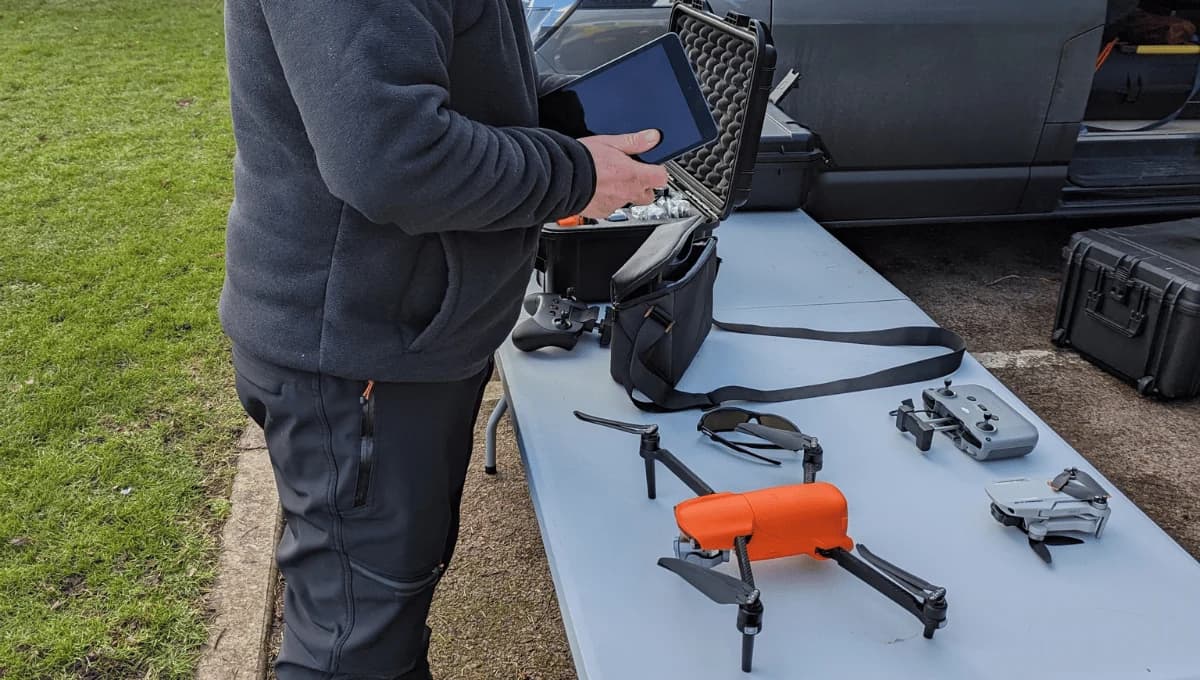
What does the A2 CofC exam involve?
The A2 CofC exam is a theoretical multiple-choice test designed to verify that you understand the key concepts from the course.
Here are the important details about the exam format and content:
Number of questions and format
The exam consists of at least 30 multiple-choice questions. Each question typically has 3 or 4 answer options, and you must select the correct one.
The test is closed-book, meaning you cannot use your notes or course materials during the exam (except for reference materials provided for certain questions, like charts or tables if needed for a particular problem).
Topics covered
The questions cover three main subject areas, all of which focus on safely operating a drone in the “close to people” context:
- 1
Meteorology – understanding weather conditions, how to read basic forecasts, and how weather affects drone flight (e.g. wind, precipitation).
- 2
Drone Flight Performance – basic principles of how drones fly, battery performance, effects of weight, drone systems, and how different factors (wind, temperature) affect your drone’s capabilities.
- 3
Technical and Operational mitigations for ground risk – essentially, how to minimize risks to people and property on the ground. This includes knowledge of safe distances, what to do if something goes wrong (fail-safes), planning your flight to avoid people, and understanding the drone code and laws about populated areas.
These topics are specified by the CAA, and your study materials will cover them in detail. For example, you might get questions about identifying safe take-off spots, interpreting weather charts for wind speeds, or what to do if a person suddenly walks into your flight area.
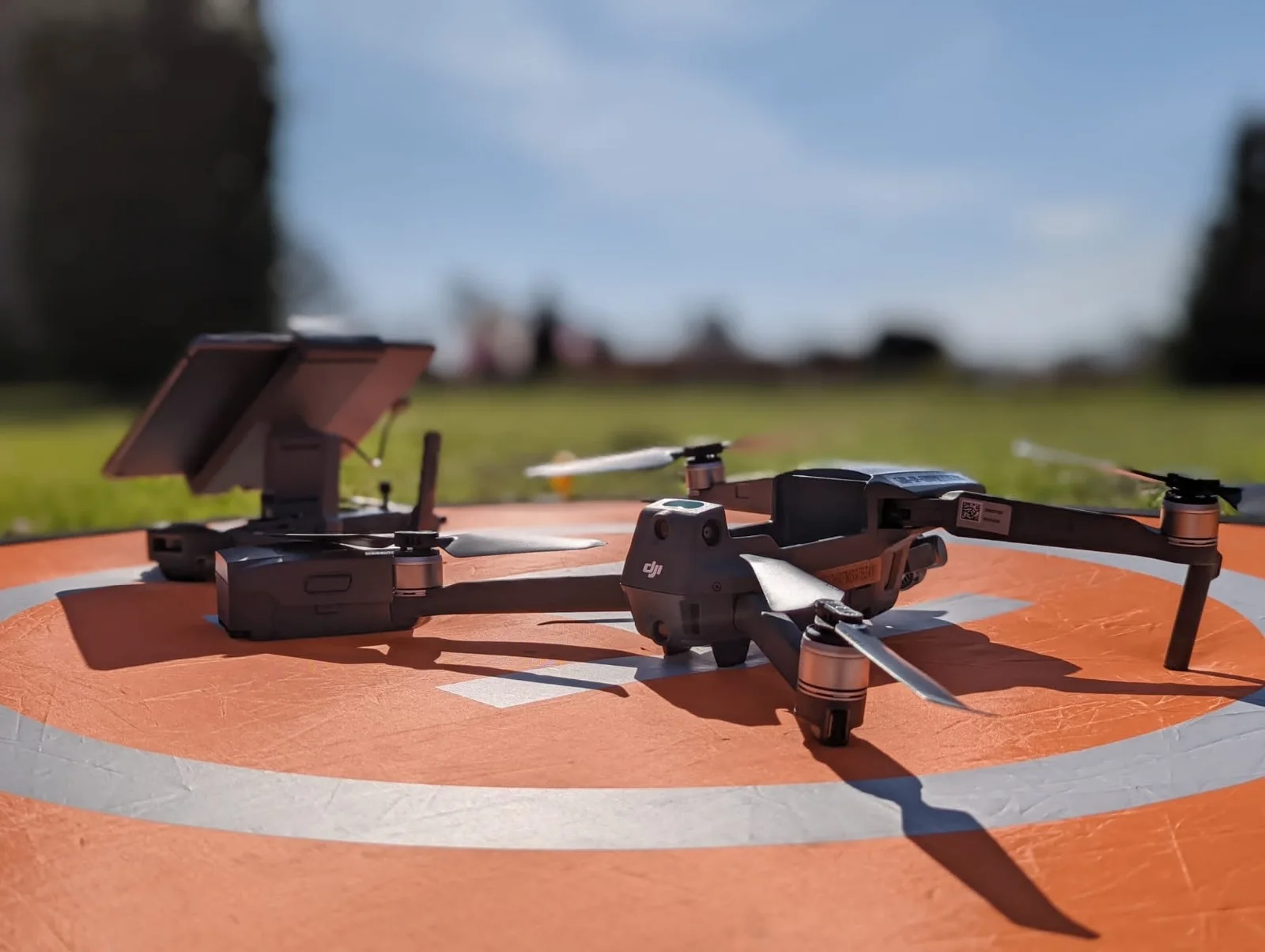
Exam duration and passing score
You have 75 minutes to complete the exam, which is plenty of time for 30 questions – the pace is not very rushed (you get on average 2.5 minutes per question). The passing mark is 75%, meaning you need to answer at least 23 out of 30 questions correctly (if it’s a 30-question test) to pass.
Different providers’ exams might vary slightly in length (some may have a few more than 30 questions), but the 75% pass requirement is standard.
Taking the exam (online or in-person)
Many training providers offer the exam online. Typically, you’ll schedule a slot and take the test through a special portal or even a Zoom/Teams session where a remote proctor invigilates you via webcam.
Online exams are very common now and convenient – you just need a quiet room and a stable internet connection. Alternatively, some providers (or combined courses) may conduct the test in a classroom on paper or computer.
The CAA allows the exam to be online or paper-based depending on the provider. In any case, the conditions are “formal” – you might need to show ID and agree not to cheat, just as you would in any exam.
Exam difficulty
If you’ve studied the course material, the exam is very passable. It’s multiple-choice and not designed to trick you, but rather to ensure you grasp the important safety knowledge.
Common feedback from new drone pilots is that the exam is reasonable if you put in the study time. Many questions are practical scenarios or straightforward facts from the course.
Some providers even offer a practice test or sample questions to help you prep. And if you were to fail, usually you can retake the exam (often for an additional fee) after some revision. But most people pass on the first attempt due to the focused syllabus.
In summary, the A2 CofC exam is a one-time written test on drone safety topics. Study the modules, maybe take notes on key distances and rules, and you should do fine.
Remember that it’s closed-book, so be sure you’ve learned the rules (like 50m distance, weather effects, etc.) by heart. Once you pass, you immediately earn your certificate and can start flying under A2 permissions.
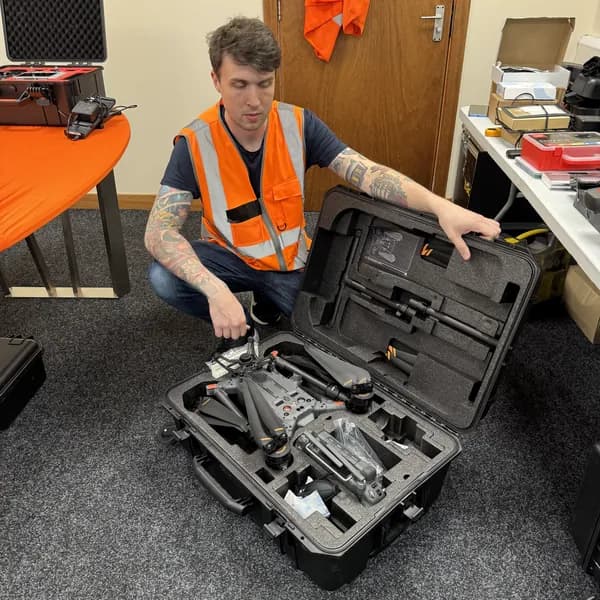
How much does the A2 CofC cost?
One of the good things about the A2 CofC is that it’s relatively affordable compared to more advanced drone qualifications. Here’s a breakdown of the costs involved:
- 1
Training course and exam fee: This is the main cost, paid to the training provider (RAE). Prices can vary depending on the provider and any promotions. As of now, a typical online A2 CofC course costs roughly between £99 and £150 in the UK.
For example, UAVHub (an online provider) offers the A2 CofC course for about £99 (including VAT), and Heliguy (another leading provider) lists their A2 CofC course at £149.50. Some non-profit clubs or associations occasionally run discounted courses (we’ve seen prices as low as ~£50–£75 on special deals), so it’s worth shopping around. Generally, expect around £100 as a ballpark price for the training + exam bundle.
No CAA application fee: Unlike the higher-level GVC qualification, obtaining an A2 CofC does not involve applying to the CAA or paying them any fee for an authorisation. The certificate is issued by the training entity directly. CAA charges £0 for the A2 CofC itself. (By contrast, if you go for a GVC later, you have to pay the CAA for an Operational Authorisation – hundreds of pounds annually – but with A2 CofC there are no ongoing CAA fees.) This means the upfront course fee is usually your only expense to get the A2 CofC.
Resit fees (if needed): If you happen not to pass the exam on the first try, some providers may charge a small fee for re-sitting the test. For instance, one provider charges about £97 for a retake exam attempt. Check your provider’s policy – many will give you at least one attempt included in the course price, and a fee only if you need additional attempts.
Travel or accommodation: Since many courses are online, you likely won’t have travel costs. If you choose a one-day in-person course, consider the travel expenses to the training venue. This is optional and down to personal preference.
In summary, budget around £100 for your A2 CofC. It’s a one-time cost for five years of certification, which is quite reasonable given the expanded flying freedom it provides.
Also remember to factor in the Operator ID fee (that’s separate from A2 CofC – the CAA charges £10 annually for drone operator registration). And if you’re flying commercially, you’ll want insurance (costs vary) – more on that later. But the A2 CofC itself is a modest investment for most drone hobbyists or aspiring professionals.
(Tip: Occasionally, training providers bundle the A2 CofC with other courses or have sales. For example, some might bundle A2 + GVC together at a discount. If you’re planning to progress to GVC eventually, check for combo deals.)
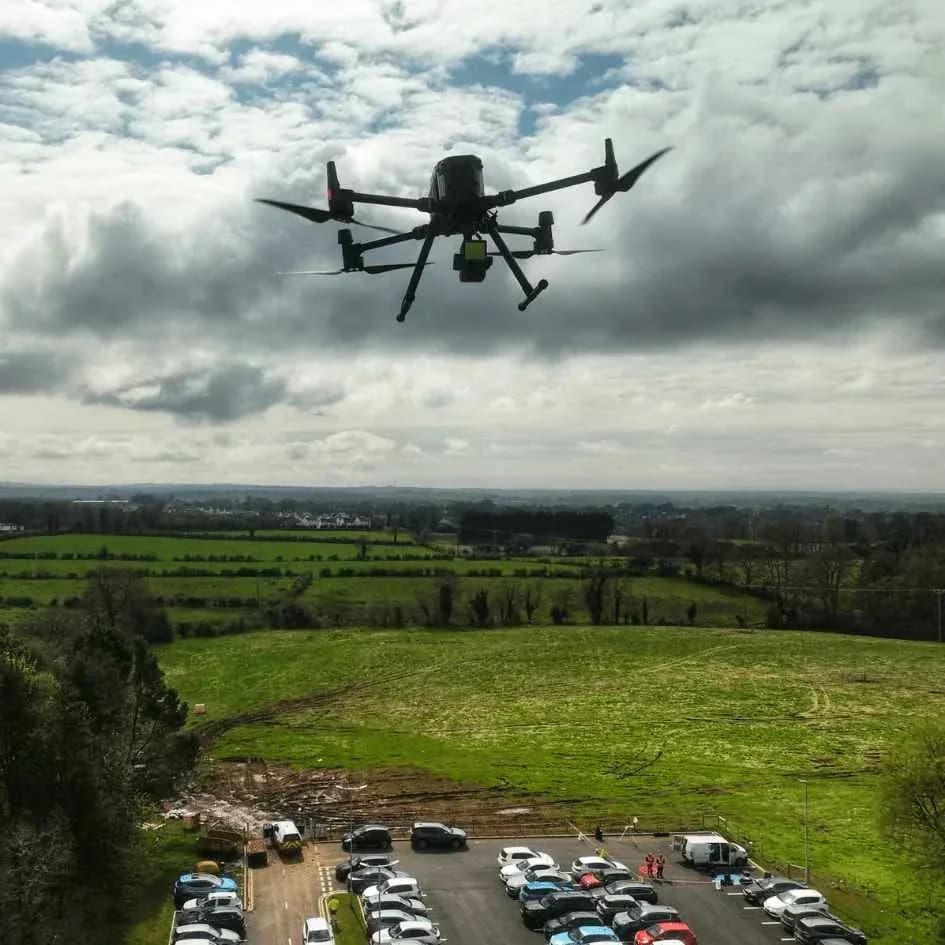
How long does an A2 CofC last, and how do you renew it?
The A2 Certificate of Competency is valid for five years from the date of issue. This means once you obtain it, you don’t need to worry about renewing or re-taking tests every year – you’re set for a five-year period.
However, after five years, the certificate will expire, and if you wish to continue flying under A2 category privileges, you’ll need to requalify for a new A2 CofC.
Renewal process: Currently, there isn’t a simple “paperwork renewal” or short refresher course for the A2 CofC – you essentially have to go through the process again (i.e. take the course/exam again when your certificate expires) to get a new certificate for another five years.
This is similar to how a driving licence might require you to retake a test after expiration (though in this case it’s every five years). The rationale is that regulations and best practices can change, so the CAA wants drone pilots to stay up-to-date by re-certifying periodically. In practice, by the time your five years is up, the course content or rules may have evolved, so it’s important to brush up on any new material.
When your A2 CofC is nearing expiry, you should schedule a re-test (and refresher training if needed) with an RAE. It’s likely that providers will offer a streamlined renewal course or at least the exam for those who just need to renew. Keep an eye on the expiry date on your certificate and plan ahead to avoid a lapse in your privileges.
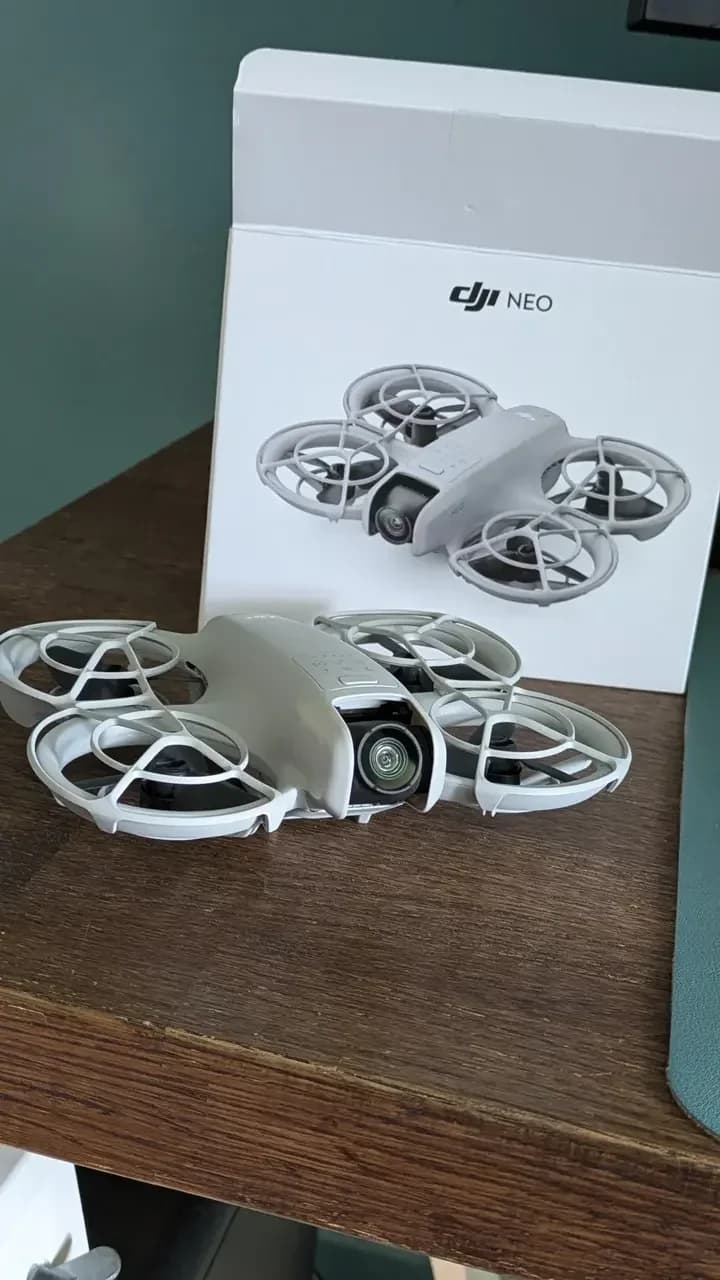
Do I need to do anything yearly?
No – unlike the Specific category authorisations (GVC/PfCO) which required annual renewal fees and sometimes audits, the A2 CofC has no annual requirements. You don’t need to log flights or pay any annual fee to keep it active during those five years.
Just ensure you maintain your basic Flyer ID (which is valid for 3 years, so you’ll have to redo the free CAA online test at least once within that 5-year span). Also continue to follow the drone code and any updated guidance – having a certificate doesn’t exempt you from staying current with the law.
After five years
If you choose not to renew (say you stop flying drones or only fly sub-250g ones), once it expires you simply lose the A2 privileges and revert to the basic rules. If you later decide you need it again, you can always take the course/exam again at that time.
It’s worth noting that the landscape might change in five years. By the time renewal is needed, the CAA could introduce a simpler renewal test or update the categories (for example, integrating new drone classes). As of now, though, plan to fully retake the A2 CofC in five years to keep those permissions. Many drone pilots consider the renewal a good opportunity to refresh knowledge and learn about any new tech or regs.
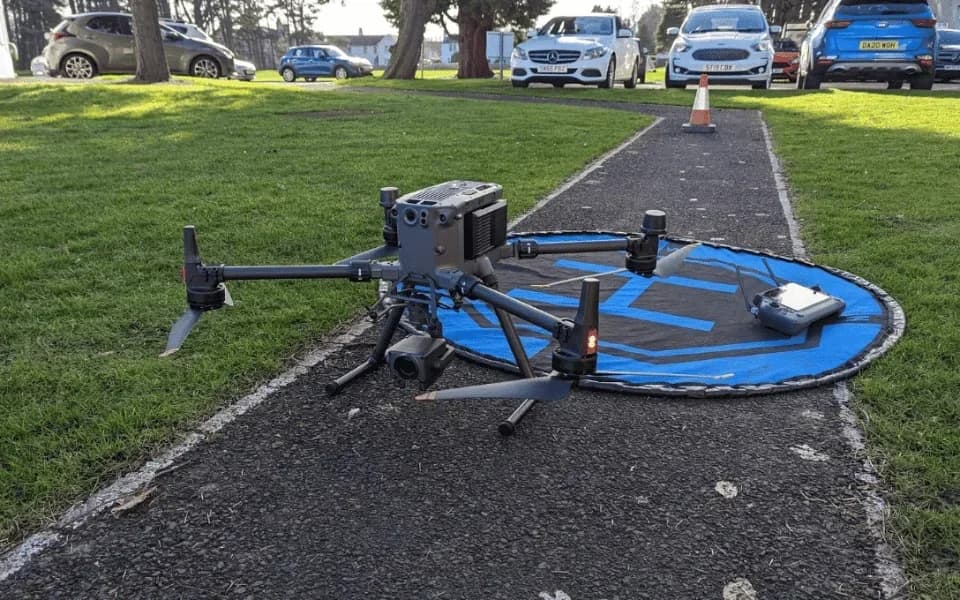
What are the limitations and restrictions even with an A2 CofC?
While the A2 CofC expands where and how you can fly, it’s not a free-for-all pass – several important limitations still apply.
Think of the A2 CofC as removing some shackles, but all the fundamental safety rules remain in place. Here are the key restrictions to be aware of, even after you’re certified:
No flying over uninvolved people or crowds
The A2 CofC does not allow you to fly over people who are not part of your operation. You must always avoid flying directly above someone who hasn’t agreed to be involved.
You are allowed to fly near people (with the specified distances), but not over them. And as mentioned earlier, flying over a crowd (concerts, sporting events, busy beaches, rallies, etc.) is strictly prohibited in the Open category. Only very specific authorisations in the Specific category might allow operations over crowds, and A2 CofC alone is not sufficient for that.
Minimum distances must be respected
With A2 CofC, your new “bubble” is 50m from people for the heavier drones (and no intentional overflight for 250–500g drones). You need to continually judge this distance during your flight.
If someone wanders closer than 50m to your landing area, for instance, you should delay takeoff or move. The 50m rule is a horizontal distance – envision a 50m radius cylinder around people that you shouldn’t penetrate with your drone.
This distance can be reduced to 5m only if you’re flying a future C2 drone in a low-speed mode (not applicable to legacy drones). So, remain vigilant about people in the vicinity even with your certificate – it’s your responsibility to maintain those separation distances at all times.
No automatic access to restricted airspace
An A2 CofC does not grant you permission to fly in airspace that is otherwise restricted. You must still obey airspace rules – for example, no flying inside airport Flight Restriction Zones, military danger areas, or any other prohibited airspace without proper permission.
If you want to fly near an airport, you’ll need to obtain ATC permission via the usual process; the A2 CofC doesn’t override those requirements. Similarly, if a certain park or area has local drone restrictions (some councils have bylaws, etc.), your certificate isn’t a waiver to break those rules. Always check airspace and local restrictions before flying, just as you would without an A2 CofC.
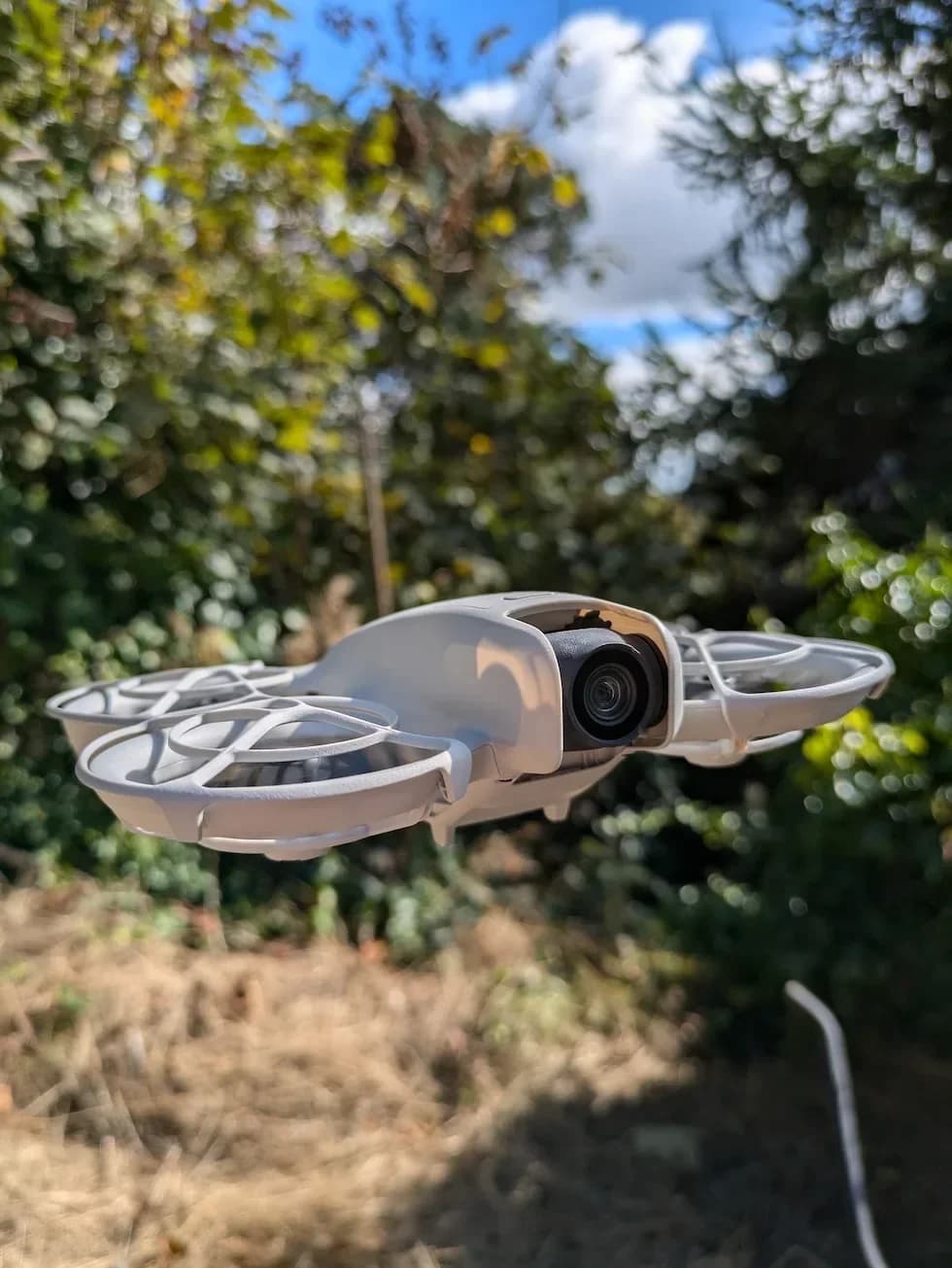
Max altitude and VLOS still apply
All A2 CofC operations are still within the Open category, so the general limits of the Open category remain.
You must keep your drone within Visual Line of Sight (VLOS) – meaning you (or an observer assisting you) have to always be able to see the drone with your eyes (no flying beyond the horizon or behind buildings). The standard 400 feet (120m) altitude limit also applies; A2 CofC doesn’t let you fly any higher than a hobbyist without it. Essentially, the A2 CofC is about horizontal distance to people, not about higher altitudes or beyond-line-of-sight capabilities.
No heavier drones or riskier ops than allowed
As discussed, you can’t suddenly fly a 10kg heavy-lift drone in a city center with just an A2 CofC – that’s outside its scope. If your operation involves something like flying closer than 50m to people, flying over people, carrying dangerous goods, or any higher risk factor, those fall into the Specific Category.
You would need additional certification (e.g. GVC) and a CAA Operational Authorisation for those. For instance, if you have to fly over a public road or pause over people’s property at low level, an A2 CofC won’t cover that scenario.
In short, A2 CofC lets you do a lot with small drones, but anything beyond those bounds (bigger drones, closer than 50m, overflight, night in tight areas beyond visual aids, etc.) requires going up a level in regulation.
Liability and safety
Even with a certificate, you are 100% responsible for flying safely. If you cause an accident or break rules, having an A2 CofC doesn’t protect you from enforcement.
Also note, if you’re flying commercially, you are legally required to have adequate insurance for third-party liability (more on that next). The A2 CofC isn’t a business license; it’s a competency proof.
So all standard legal requirements (like insurance, data privacy laws if recording, landowner permissions for take-off/landing, etc.) remain in force.
To put it simply, the A2 CofC lets you fly in more places and closer to people, but you must still exercise caution and follow all the standard drone laws. Think of it as the rules “lightening up” but not disappearing.
If you ever find the A2 CofC’s limitations too restrictive for a project (say you need to fly over people or operate a very heavy drone), that’s a sign you need to look at the Specific Category (GVC and obtaining special permission). For the vast majority of hobby and basic professional use, though, the A2 CofC’s allowances are sufficient and its restrictions are just common-sense safety measures.

Can you use the A2 CofC for commercial drone work?
Yes. The A2 CofC can be used for both recreational and commercial flying.
There is no longer any legal distinction between hobby and commercial flights in the UK, as long as you operate within the Open category rules. In other words, if your drone operation can be done under the Open category (with or without A2 CofC), you do not need any separate “commercial license.” The A2 CofC is absolutely valid for commercial purposes.
This is a change from years past – before 2021, the UK required a Permission for Commercial Operations (PfCO) for any money-making drone use. That old system has been replaced.
Now the regulations focus on risk, not purpose. So a flight over a quiet field is low risk whether you’re doing it for fun or for a paid job; likewise a flight in a busy area is higher risk regardless of purpose, hence needing A2 or GVC depending on the scenario.
If you hold an A2 CofC, you can legally conduct commercial operations (e.g. aerial photography business, inspections, etc.) as long as you abide by the A2 restrictions (drone weight under 2kg, 50m from people, etc.). In fact, the CAA explicitly states that both A2 CofC and GVC certificates can be used to conduct commercial operations – there’s no additional bureaucracy for commercial flights within the scope of these qualifications.
That said, there are a few considerations for commercial use:
Insurance: UK law (specifically EU Regulation EC785/2004, which the UK has retained) requires that any commercial drone operations have appropriate third-party liability insurance. So if you’re using your A2 CofC to do jobs (even something like a paid wedding shoot or real estate photos), make sure you obtain insurance coverage. There are specialized drone insurance providers, and even on-demand insurance apps that can cover single days of flying. It’s not just a good idea – it’s a legal requirement when flying for “commercial gain”.
Nature of work: Evaluate if A2 CofC covers the kind of work you want to do. For simple jobs like roof inspections, wedding photography, and real estate videography with a Mavic-size drone – A2 CofC is usually sufficient. You can fly in a residential area, get up close (but not too close) to structures, and capture the needed imagery. If a client’s job would require something like flying over people (e.g. filming a marathon or an event crowd) or using a heavier drone for high-end cinematography, that’s beyond A2 CofC. In those cases, you’d need to either upgrade to GVC or operate under someone else’s Specific category authorisation.
No explicit “license” document from CAA: When doing commercial work, sometimes clients or authorities ask for your credentials. In lieu of the old PfCO, you would show your A2 CofC certificate. It demonstrates you’ve been tested on relevant knowledge. Most clients are becoming aware of the A2/GVC system now, but be prepared to briefly explain that A2 CofC is a CAA-recognized competency certificate that allows you to fly in built-up areas legally. Having a copy of the CAA’s acknowledgment or the actual certificate on hand will help. Additionally, you should have your Operator ID and Flyer ID as proof you’re a registered and tested operator.
In summary, the A2 CofC is absolutely worth it if you plan to earn money with your drone and your operations fit within its allowed envelope. It grants you the freedom to legally take on jobs that involve flying in populated areas with small drones.
Many freelance drone pilots start with the A2 CofC to do jobs like wedding shoots, survey photos, or media production, because it’s quicker and cheaper than getting a GVC, and often it’s all they need. As long as you stay within Open category rules, you do not need any further permission from the CAA to fly commercially. Just remember to get insured and operate responsibly – the professional onus is on you to conduct safe flights at all times.
(Fun fact: The law doesn’t even use the term “commercial” versus “recreational” now – it’s purely based on risk categories. So an A2 CofC flight is the same whether you’re paid or not. That said, professionalism and insurance go hand-in-hand with being paid to fly.)
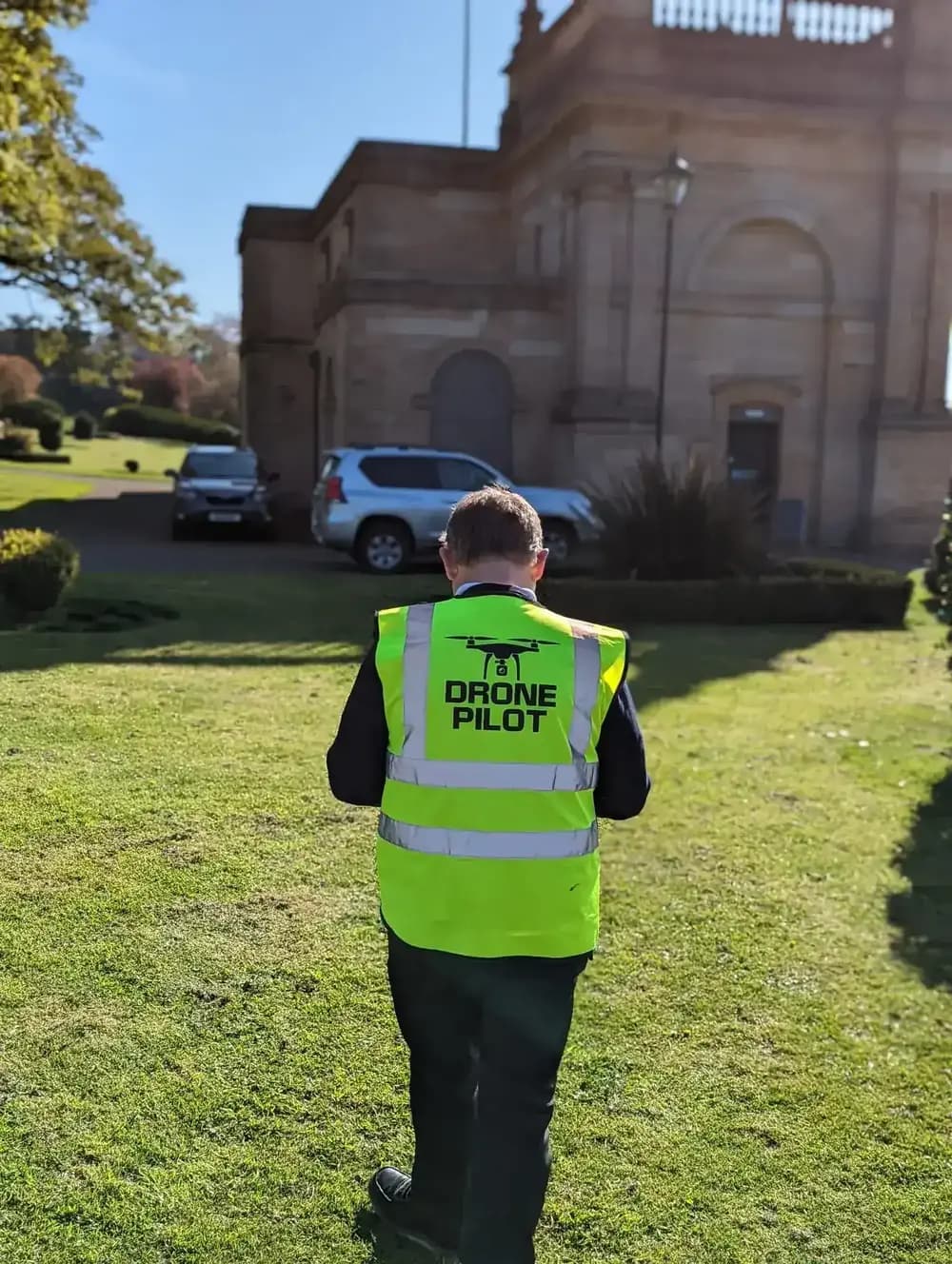
How does the A2 CofC compare to the GVC and other drone qualifications?
You may have heard of the GVC (General Visual Line of Sight Certificate), which is another UK drone qualification, and wonder how it differs from the A2 CofC.
Here’s a comparison of A2 CofC versus GVC, as they are the two main certifications for most drone pilots:
Feature | A2 Certificate of Competency (A2 CofC) | General VLOS Certificate (GVC) |
|---|---|---|
Category | Open Category (A2 Subcategory) | Specific Category |
Primary Use | Flying small drones (<2kg) closer to people in built-up areas. | Higher-risk operations, larger drones (>2kg), or ops outside Open rules. |
Training | Short theory course (~6 hrs). | Longer ground school, theory exam, practical flight test, Operations Manual. |
CAA Involvement | None after certificate is issued by training provider. | Requires application to CAA for an Operational Authorisation (OA), with fees. |
Cost | Lower (~£100-£150 for course). No ongoing fees. | Higher (£400-£600+ for course) plus annual CAA fees for the OA. |
Commercial Use? | Yes, for operations within A2 rules. | Yes, for operations approved under the OA. |
Key Advantage | Quick, cheap, and unlocks many locations for popular consumer drones. | Maximum flexibility for a wide range of drones and complex scenarios. |
To summarize the difference in a sentence: the A2 CofC is a quicker, lower-cost way to fly small drones closer to people (with some restrictions), whereas the GVC is a more involved certification that lets you fly a wider range of drones in more complex scenarios but comes with more requirements and costs.
Many drone pilots actually hold both – they might use A2 CofC for quick jobs with a Phantom or Mavic, and use GVC when they need to break the standard rules (like flying an Inspire 2 in a town center, which requires Specific category permission).
There are other qualifications too (like the EU’s A1/A3 basic test – which in the UK is just the Flyer ID – and at the very high end, certified category licenses for large drone operations, etc.), but for most people the decision is between A2 CofC vs GVC. In fact, some training providers offer combined courses so you can get both. Importantly, the validity of both A2 CofC and GVC is 5 years (after which you’d redo the course/exam to re-certify).
If you’re unsure which you need: generally go for A2 CofC if you’re flying drones under 2kg and just need to be able to operate in normal environments around people. Go for GVC (or both) if you foresee needing to use bigger drones or want the maximum flexibility and are willing to handle the extra admin and cost. The next question will help weigh the value for your situation.

Is the A2 CofC worth it for you?
Whether the A2 CofC is “worth it” depends on what drone you have and what you plan to do with it.
Let’s break down a few common scenarios:
“I’m a recreational flyer with a small drone.”
If you own a sub-250g drone (like a DJI Mini 3/4 Pro) and only fly for fun, you do not need an A2 CofC. You’re already allowed to fly pretty much anywhere (except over crowds or restricted airspace) without it. In this case, the A2 CofC might not be worth the time/money, unless you simply want to expand your knowledge. However, if you have a drone that’s just over 250g (say a DJI Mavic Air at 430g or an older Phantom), getting an A2 CofC will greatly enhance your freedom. Without it, that 430g drone effectively can only be flown in empty fields (150m from residential areas). With A2 CofC, you can fly it in your garden or local park as long as people are kept at a safe distance.
So for a recreational drone pilot with a 500g or 1kg drone, A2 CofC is absolutely worth it – it lets you use your drone in the way it was intended, in populated environments, without constantly worrying you’re violating the law. Many hobbyists have found the A2 CofC very rewarding because it removes the severe location limits that non-certified drone pilots face with heavier drones.
“I’m interested in doing some commercial or paid drone work.”
If you plan on earning money with your drone (even occasionally), getting the A2 CofC is often the quickest way to become legally operational for many jobs. It’s relatively low-cost and shows clients you’re serious about operating safely.
For example, real estate photography with a Mavic 2 or Mavic 3 – an A2 CofC is usually sufficient to do this legally (property is a residential area, you’ll be within 50m of people at times, but that’s allowed with A2 CofC) and professionally. Without it, you’d be breaking rules trying to do the same job.
So for many entry-level commercial applications (events, small inspections, weddings, YouTube content creation), A2 CofC is a great value. It might be all you ever need if you stick to smaller drones. Plus, there are no ongoing CAA fees or bureaucracy with A2, so you can focus on flying and growing your business rather than paperwork.
“I want to fly heavy drones or in high-risk scenarios.”
If your goals include flying larger drones (>2kg) – for instance, using a DJI Inspire 3 for pro filmmaking, or carrying out missions in densely populated city centers that might involve close proximity to people or property – then an A2 CofC alone won’t be enough. In such cases, you’ll likely need a GVC and Operational Authorisation. That comes with more investment in training and money.
However, even then, starting with an A2 CofC can be worthwhile. It gives you a certification to use in the interim with smaller drones and builds your knowledge base. But ultimately, for high-end operations, budget for the GVC. Think of A2 CofC as the stepping stone or the “quick win” that covers a large portion of common use cases, and GVC as the advanced ticket for specialized needs.
“I only fly far out in the countryside, away from people.”
If you consistently fly in remote areas and never intend to fly in towns or near people, you might not need an A2 CofC. Flying under A3 rules (no people around, 150m from any built-up area) might be sufficient for you. Some model aircraft hobbyists or farmers in rural areas choose not to get A2 CofC because their flying doesn’t require it – they can comply with A3 without issue.
That said, having the A2 CofC could still be beneficial as a safety learning experience and for the flexibility in case you do want to fly in a village or near a property at some point. It’s not very expensive, so some people get it “just in case.”
Cost/Benefit
Financially, if you’re on the fence: an A2 CofC for ~£100 pays off the first time it saves you from a £1,000 fine (the potential penalty for breaking drone laws) or enables a paid gig that you otherwise couldn’t accept. It’s a modest one-time cost for five years of peace of mind.
If you never end up needing it, you’re only out a small sum but gained knowledge. If you do need it, it’s invaluable. Many drone pilots report that after taking the A2 course, they feel much more confident and informed, making them better and safer drone operators – that in itself is a good return on investment.
Timeline consideration
As noted earlier, the rules around legacy drones were set to tighten after 2025, which led some to question “Is there any point in getting an A2 CofC now?” The good news is the CAA is proposing to extend the transitional period so that legacy drones (i.e. your current DJI, etc.) can still be used in A2 beyond 2025. This means the A2 CofC will continue to be useful with your existing drone for the foreseeable future. Even if class-marked drones come in, the A2 CofC will simply apply to them instead. In short, there’s no expiration of the value of your A2 CofC on the horizon – it’s going to remain a key qualification in the Open category.
Bottom line
For most people who own a drone that’s not a toy, the A2 CofC is very much worth it. It opens up a lot of freedom and is the logical next step after getting your basic Flyer ID.
The only cases where it might not be necessary are if you exclusively fly ultra-light drones or always in isolated areas – but even then, many get it for the added flexibility. If you aspire to professional drone work, it’s often the best first step; and if you plan to progress to a GVC later, the A2 CofC course will have given you a solid foundation (and you might even get a discount on combined courses).
Considering the relatively low cost and the substantial benefits in where you can fly, the A2 CofC is widely regarded as “bang for the buck” for UK drone pilots.
Ready to Hire a Certified A2 CofC Drone Pilot?
The A2 CofC qualification is essential for legally conducting many commercial drone operations in built-up areas. Finding a pilot with the right certification, insurance, and experience is critical for the success and compliance of your project.
This is where HireDronePilot solves the challenge. As the UK's premier managed marketplace, we specialize in connecting businesses with verified professional drone pilots for hire. Our network is composed of skilled operators holding A2 CofC and GVC qualifications, ensuring every mission is flown safely and legally.
We streamline drone services through competitive bidding, ensuring quality, compliance, and value for every aerial project across the United Kingdom.
To find the perfect certified professional for your needs, visit us at HireDronePilot.
Whether you require aerial photography for a property listing or a detailed roof inspection in a residential zone, post your job on HireDronePilot and get connected with the UK's top-tier, A2 CofC-certified drone pilots today.
About the Author

Written by
Peter Leslie
Peter Leslie is a CAA-approved commercial drone pilot with 10+ years experience and over 10,000 flight hours. He holds the GVC and A2 CofC drone licences with full CAA Operational Authorisation. Peter is a member of ARPAS-UK, the UK's non-profit trade association for the drone industry. He founded HireDronePilot to connect UK businesses with qualified, insured drone operators.
Looking for More Drone Work?
Join the UK's leading network of professional drone pilots and grow your business.
Open Access
Bid on any job - all jobs open to all pilots
Grow Revenue
Access high-value commercial projects
Stay Busy
Fill your schedule with regular work
Related Articles

Our Drone Survey Service In Stirling, Scotland
Bringing you Stirling drone survey data from areas no one else can fly.

How Much Does A Drone LiDAR Survey Cost
Forecasting your drone LiDAR survey cost requires understanding what's hidden beyond the initial quote.

Step By Step Process Of Drone LiDAR Survey
Next, discover the crucial post-flight steps that determine your survey's success.
